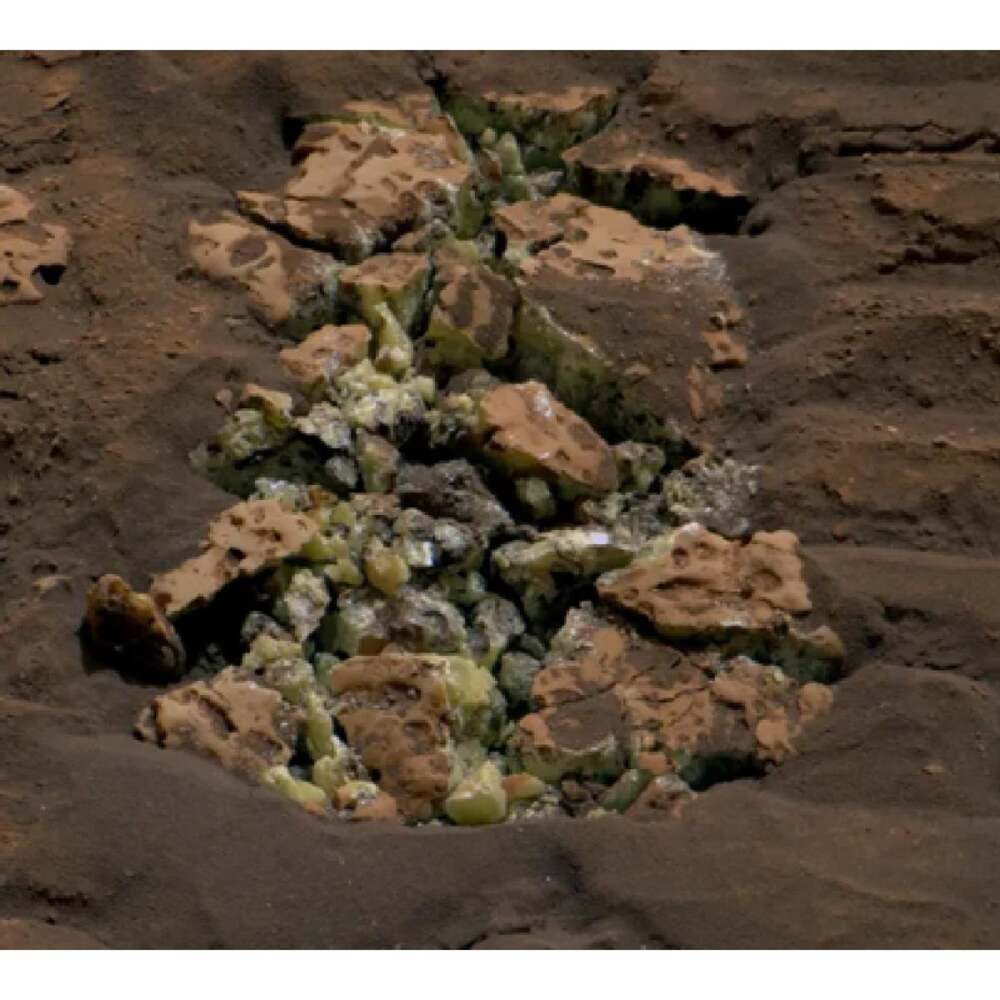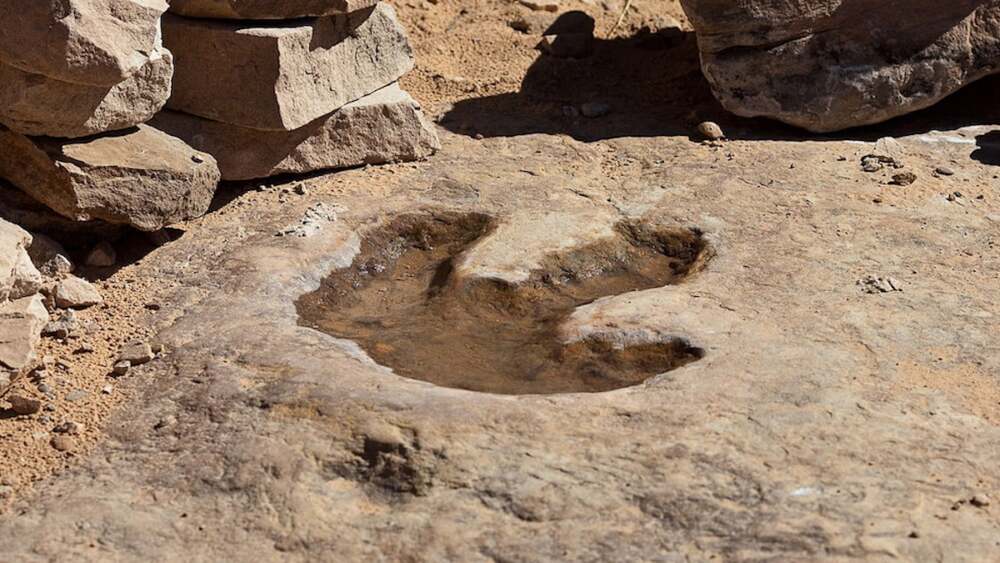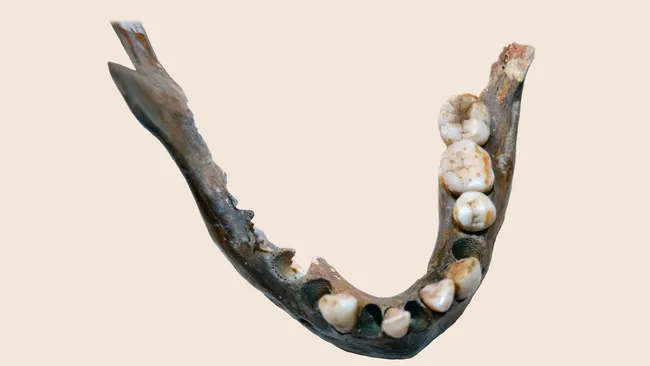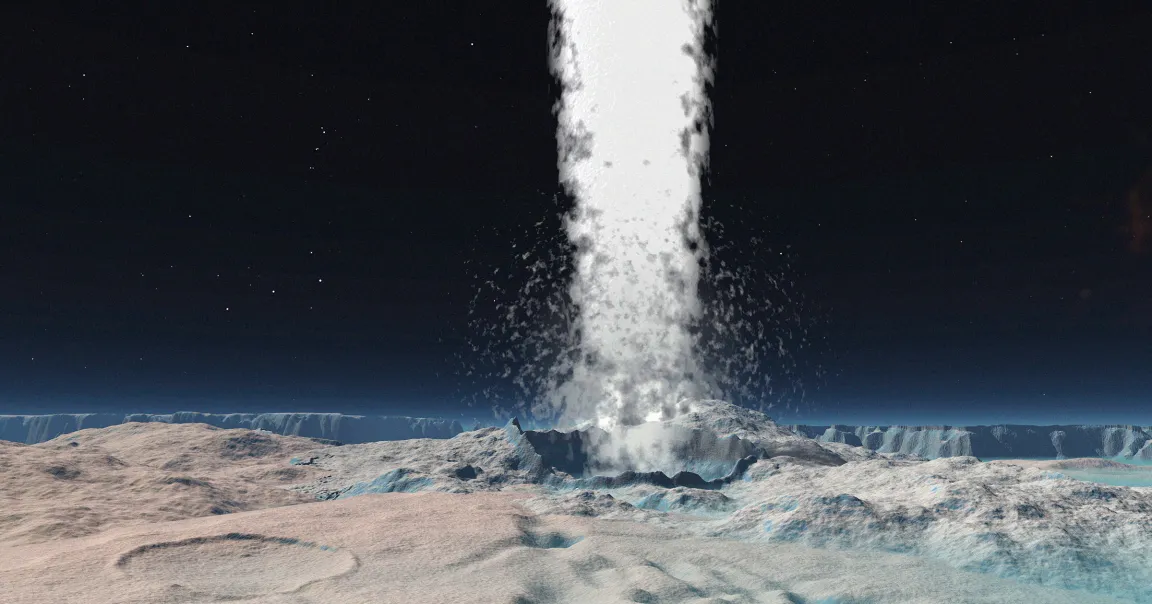NASA’s Curiosity rover has uncovered a remarkable find on Mars: a rock containing pure elemental sulfur. This is the first time scientists have observed such a mineral in its natural form on the Red Planet, providing new clues about Mars’ geological and environmental history.
A Surprising Find in Gale Crater
While exploring Gale Crater, Curiosity came across a rock that fractured, revealing bright yellow crystals. Laboratory analysis confirmed these crystals to be elemental sulfur. Although sulfur compounds have been detected on Mars before, the discovery of pure sulfur is unprecedented. This raises questions about the geological processes that could produce such formations on the Martian surface.
Implications for Mars’ Past
The presence of elemental sulfur suggests that Mars experienced conditions favorable for the formation of such minerals, possibly linked to ancient volcanic activity or chemical reactions in the atmosphere. Understanding how and why these sulfur deposits formed can shed light on the planet’s volcanic history, past environmental conditions, and potential habitability.
This discovery strengthens the evidence that Mars was once a dynamic planet with the potential to support microbial life. Sulfur is a key ingredient for certain types of microorganisms, making this finding particularly intriguing for astrobiologists.
Continuing the Exploration
Curiosity continues to investigate Gale Crater, analyzing rocks and soil to build a clearer picture of Mars’ history. Each discovery, including this sulfur find, adds to our understanding of the planet’s evolution and prepares the groundwork for future missions that may one day search for signs of past life.
















Leave a Reply